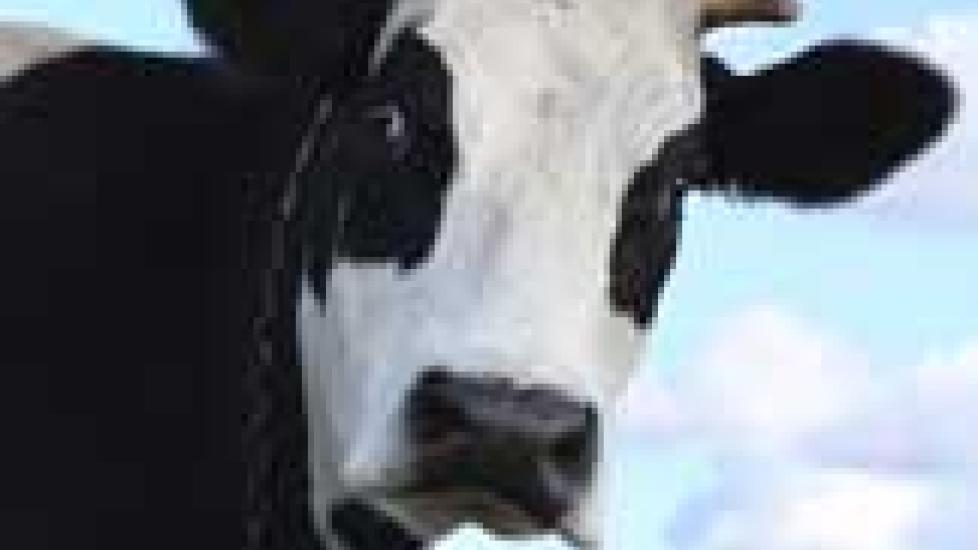Mad Cow ... Again
Did you hear the reports concerning a case of bovine spongiform encephalopathy (otherwise known as BSE or mad cow disease) in a dairy cow in California a couple of weeks ago?
Thankfully, it doesn’t look like this incident is indicative of a looming outbreak like the one seen in Great Britain in the 1980s and 90s, which led to the deaths of around 150 people from Creutzfeldt-Jacob disease and the slaughter of 3.7 million cattle. But I hope it does bring attention to the current state of food safety in this country.
First a bit of background. BSE is a disease of adult cattle that usually develops a while after they eat food that is contaminated with a type of protein called a prion. Prions are odd and scary little buggers. They are abnormally folded proteins that typically infect the tissues of an animal’s nervous system, causing proteins there to deform in a similar manner. The accumulation of all these abnormal proteins leads to disease. In this case, officials are saying that the cow in question developed spontaneous BSE — meaning that ingestion of contaminated feeds was not to blame but that the prions originated within the cow herself. This certainly can happen, but it’s a pretty rare occurrence. As they say, "investigations are continuing."
Folks associated with the meat industry are trying to put a good spin on this case, touting it as an example of how well the surveillance system and control measures that are in place work. Really? If this is one of those rare cases of spontaneous BSE, finding it before the cow was rendered and used as fertilizer or feed for other animals was simply a case of good luck. (She was not headed into the human food chain because she was a "downer" — generally defined as a cow that is unable to rise and stand on her own.)
Currently, only 40,000 cows are tested out of the 34 million that are slaughtered in the United States each year. Let me do some quick math here:
40,000 / 34,000,000 x 100 = 0.1%
Anybody care to bet that we’re missing some cases when we only test one-tenth of one percent of cattle going through processing facilities? Compare that to the situation in Europe and Japan where all cattle over a certain age (20-30 months depending on the location) are tested.
Now don’t get me wrong. I don’t think that BSE is a major danger to human health in this country. I’m simply using this case to illustrate how lax our food safety regulations are in general. For example, the federal government banned the feeding of cows to cows in 1997 because of worries about BSE, but chickens still routinely eat foods of bovine origin, and then the chicken litter (e.g., excrement, feathers, spilled food, etc.) is fed back to cows. Once you get over the "ick" factor of this practice, it becomes evident that this is a potential path for prions to reenter the food chain of cows.
I’m not a big fan of industrial agriculture, but even if you are a supporter I think we could agree that we can do better than this.

Dr. Jennifer Coates
Image: Dudarev Mikhail / via Shutterstock
